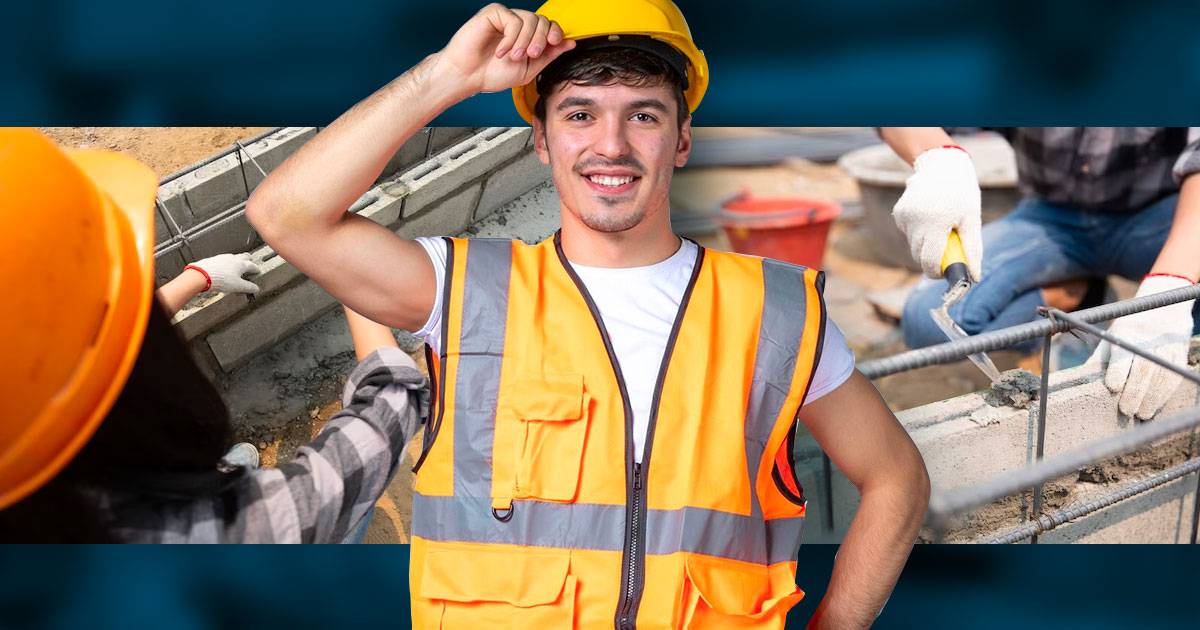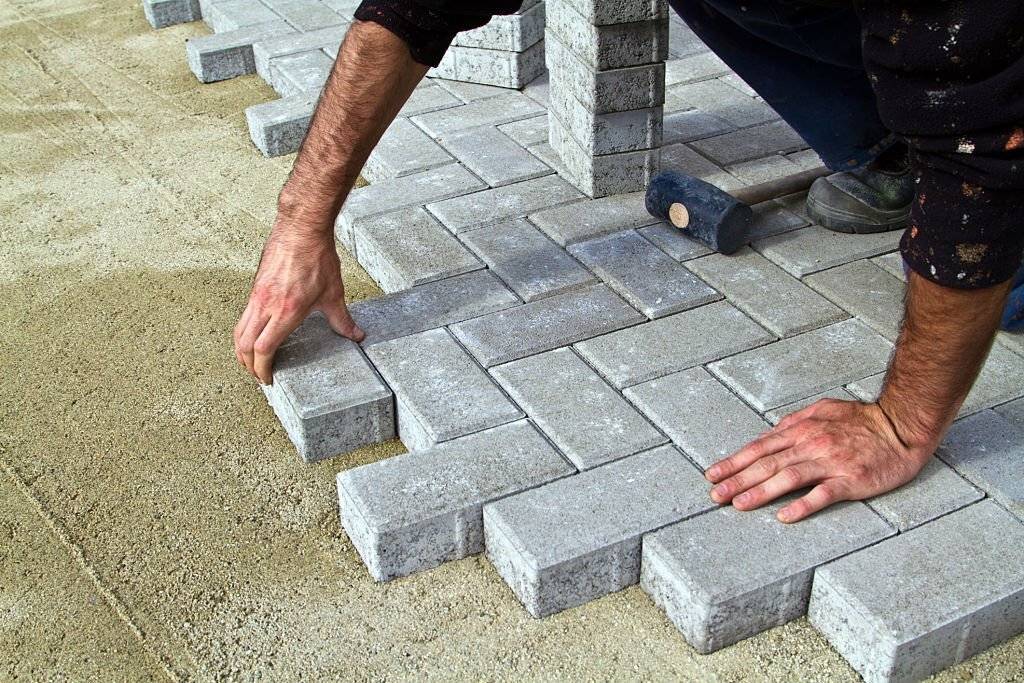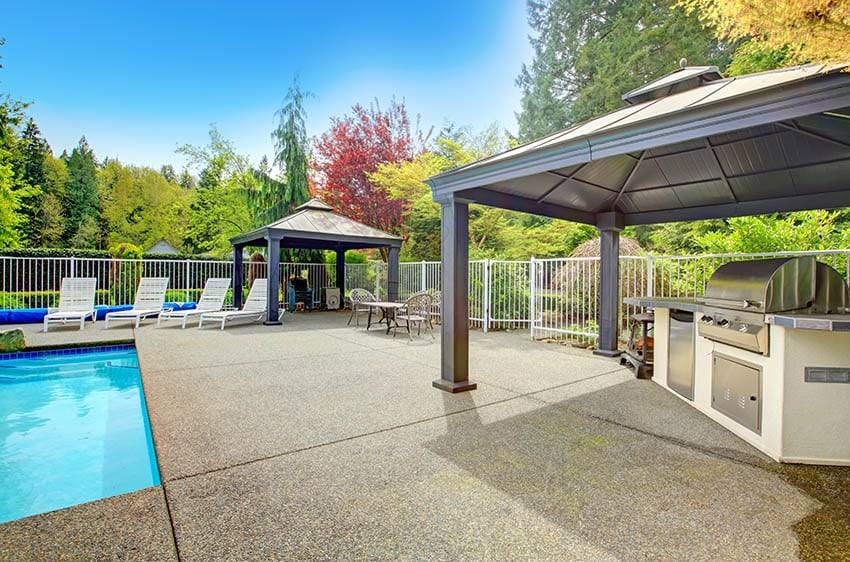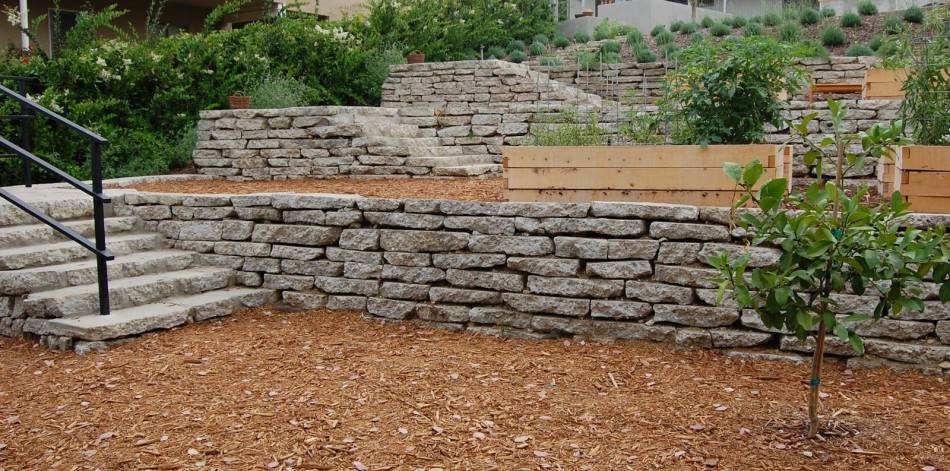Eco-Friendly and Sustainable Alternatives to Cement for Your Patio

Concrete is the world’s second-most-used substance after water, with an annual production of around 10 billion tons. Serving as the most widely used construction material globally, concrete constitutes the foundation of our infrastructure, housing over 70% of the world’s population. Its durability and strength make it ideal for constructing diverse structures like buildings, pavements, pipes, floor slabs, beams, and pillars. Despite its extensive use, concerns about concrete’s potential contribution to greenhouse gas emissions have arisen. In light of the current climate challenges and the imperative of addressing global warming, there is a critical need for industries, including construction, to undergo a green revolution by embracing environmentally friendly materials. Fortunately, the concrete industry has identified sustainable alternatives to cement to address these concerns.
Green Concrete
Eco-friendly green concrete is made using leftover materials from various industries and needs less energy for its production. It’s among the many concrete alternatives because, unlike regular concrete, it emits less carbon dioxide, is more affordable, and tends to be more long-lasting.
The purpose of green concrete is to reduce reliance on natural resources and to turn to recyclable materials instead. Among the many ways to make concrete more eco-friendly, one effective method is reusing wash water, which cuts down on water usage.
One of the top strategies for creating environmentally friendly building materials is to substitute a part of the energy-intensive cement with recyclable materials. For instance, cement can be replaced with alternatives like Fly Ash, Silica Fume, and Wood Ash.
AshCrete
Fly Ash, once a discarded byproduct of coal burning, now finds its use in creating green concrete. AshCrete, an eco-friendly version of traditional concrete, largely incorporates recycled fly ash. When Fly Ash is combined with lime and water, it becomes as strong and reliable as regular cement.
Integrating fly ash into Ashcrete turns it into a greener choice, as it can take the place of cement, leading to lower CO2 emissions. In fact, high-volume fly ash concrete can replace about 25% of cement. Fly ash also offers other advantages over standard concrete, such as less bleeding, increased strength, and minimized shrinkage.
Furthermore, fly ash enhances concrete’s resistance to alkali-silica reactivity, adding to its environmental benefits and making it more sustainable.
Blast Furnace Slag
Blast furnace slag, similar to fly ash, is one of the best concrete substitutes and a recyclable byproduct that serves as an eco-friendly substitute for concrete. This material, which has a glass-like granular form, is created by rapidly cooling down molten iron slag from a blast furnace using water or steam.
In concrete production, this substance can substitute for about 70% to 80% of cement, enhancing the concrete’s durability. Additionally, a key benefit of using blast furnace slag is that it generates less heat during the hydration process compared to the production of regular concrete.
Micro Silica
Microsilica, also called “Silica Fumes,” is a concrete substitute that’s extremely fine and obtained as a byproduct from the production of ferrosilicon alloy and silicon. It results from the condensation of silicon dioxide. When added to concrete, microsilica can replace approximately 7% to 12% of the cement.
Microsilica is recognized for enhancing the durability of concrete by reducing its permeability and boosting its compressive strength. This type of concrete, containing silica fumes, is particularly suitable for structures exposed to harsh chemicals. Notably, it stands out as a more environmentally friendly material compared to traditional concrete.
Aggregate Replacement
Apart from searching for replacements for cement, a useful tactic to reduce the greenhouse gas emissions linked to regular concrete involves swapping out aggregate materials with recyclable and reusable options. Examples of these alternative aggregates include materials like paper or fiber, discarded plastic, glass from post-consumer sources, and debris from old concrete.
Papercrete
Papercrete is crafted from recycled waste paper, serving as an aggregate material in the production of concrete. While it doesn’t fully replace cement in the mix, even small amounts of papercrete contribute significantly to alleviating some of the negative impacts associated with concrete manufacturing.
Concrete Debris
Incorporating concrete debris is a smart approach to repurposing discarded concrete material, thereby reducing the demand for resources in the concrete production process. This method not only conserves precious landfill space but also diminishes the necessity for new raw materials by reusing debris.
Post-Consumer Glass
Glass, possessing versatile and inert qualities, stands out as an ideal substitute for aggregates in concrete. Its recyclability and ability to be reused multiple times without altering its chemical properties contribute to the enhanced durability of concrete. Incorporating post-consumer glass not only boosts the longevity of concrete but also plays a role in minimizing waste in landfills.
Composite Cement
Employing a blend of composite materials and foam beads, the Bautex wall system emerges as a robust and energy-efficient alternative to conventional concrete. This innovative construction method not only enhances the strength of walls but also offers fireproof, storm-resistant, and sound-absorbing qualities, making it a superior choice for various applications.
Plastic Waste
Harnessing the potential of non-biodegradable waste plastic presents a clever and environmentally conscious approach. The recyclability of plastic waste allows it to seamlessly replace up to 20% of the conventional aggregate material in concrete. While the strength of concrete derived from plastic waste has its limits, it undeniably stands out as an eco-friendly alternative to the traditional concrete paradigm.
Find the Most Suitable Green Alternatives to Concrete Patio’s Foundation
As we face the pressing challenges of climate change and environmental degradation, it’s imperative that we all, from industry leaders to individual consumers, embrace and advocate for the use of eco-friendly concrete alternatives. These innovative materials not only offer sustainable solutions but also demonstrate our collective commitment to reducing greenhouse gas emissions and preserving natural resources. Let’s join forces to support and invest in these green innovations, paving the way towards a more sustainable and environmentally responsible future in construction and beyond.



